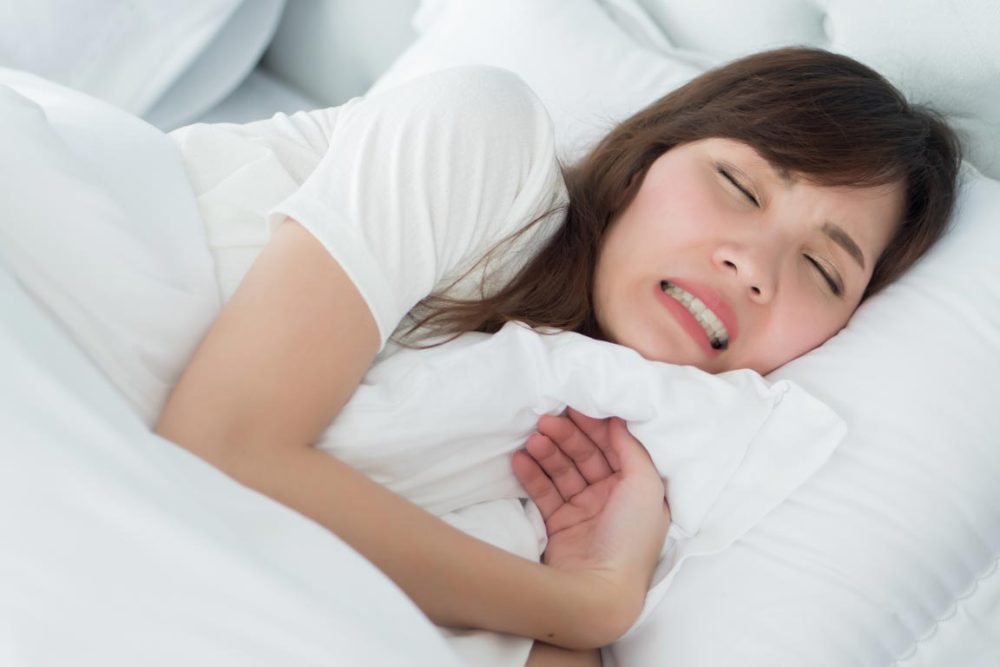Advertisment
Bruxism is a recurring condition among people with post-traumatic stress disorder

According to an article published in the journal Clinical Oral Investigations, people who suffer from post-traumatic stress disorder (PTSD) often report constant clenching or grinding of the teeth during the day, a condition known as awake (or diurnal) bruxism. Its prevalence in the general population varies from 8% to 30%. The study, which included clinical examination of 76 patients and controls, highlights the importance of collaboration by dentists and psychiatrists to diagnose both health problems more accurately.
PTSD was first diagnosed in the United States among war veterans but has since been acknowledged in victims of urban violence as well. About 4% of people exposed to violent or accidental events such as combat, torture, imminent death, stray bullets, natural disasters, severe injuries, sexual abuse, kidnappings and so on are estimated to have PTSD.
“Considering that more than half the population of metropolitan São Paulo [in Brazil] has been exposed to some kind of urban trauma, a proportion comparable to those of populations in areas of civil conflict, it’s very important to understand the possible psychological and physical manifestations of PTSD, which may go on for years after the trauma,” said Yuan-Pang Wang, penultimate author of the article and a researcher in the Institute of Psychiatry at the University of São Paulo’s Medical School (FM-USP).
The symptoms of PTSD include recurring flashbacks, a negative emotional state, self-destructive behavior, troubled sleep with nightmares, and dissociation (altered consciousness, memory, identity, emotion, perceptions of the environment and control of behavior), among others. There have not been many studies of orofacial pain and bruxism as symptoms of PTSD.
In this study, which was supported by FAPESP, patients diagnosed with PSTD at FM-USP’s Institute of Psychiatry were submitted to a clinical examination to assess their oral health. According to the researchers, besides self-reported bruxism, they were also found to have a lower pain threshold after the examination.
“Oral hygiene was not found to be associated with the problem,” said Ana Cristina de Oliveira Solis, first author of the article. “Periodontal examination, which included measurement of bacterial plaque and gingival bleeding [or bleeding on probing], showed that patients with PTSD and controls had a similar level of oral health. However, the PTSD patients presented with more pain after probing.”
Multidisciplinary treatment
According to the researchers, bruxism is no longer considered an isolated symptom but is seen as evidence of a larger problem. “Our study showed that PTSD can be manifested orally, in bruxism and a higher level of pain after a clinical dental examination. This requires joint action by psychiatrists, psychologists and dentists in screening and treatment of both health conditions,” Solis said.
Dentists should take the patient’s self-reported pain into account during clinical examinations and consider the possibility that the patient has undiagnosed psychiatric problems. “If the patient has had a traumatic experience, they may be too embarrassed to talk about it or see a therapist. The habit of going to the dentist, on the other hand, is much more common and frequent. For this reason, psychiatric screening instruments should be used in routine patient care, and patients should be advised to seek therapeutic assistance,” she said.
Psychiatrists can ask patients with PTSD about orofacial symptoms such as bruxism, muscle pain and temporomandibular joint pain, and, if necessary, should refer them to a dentist so that multidisciplinary treatment can be provided and their quality of life improved.





